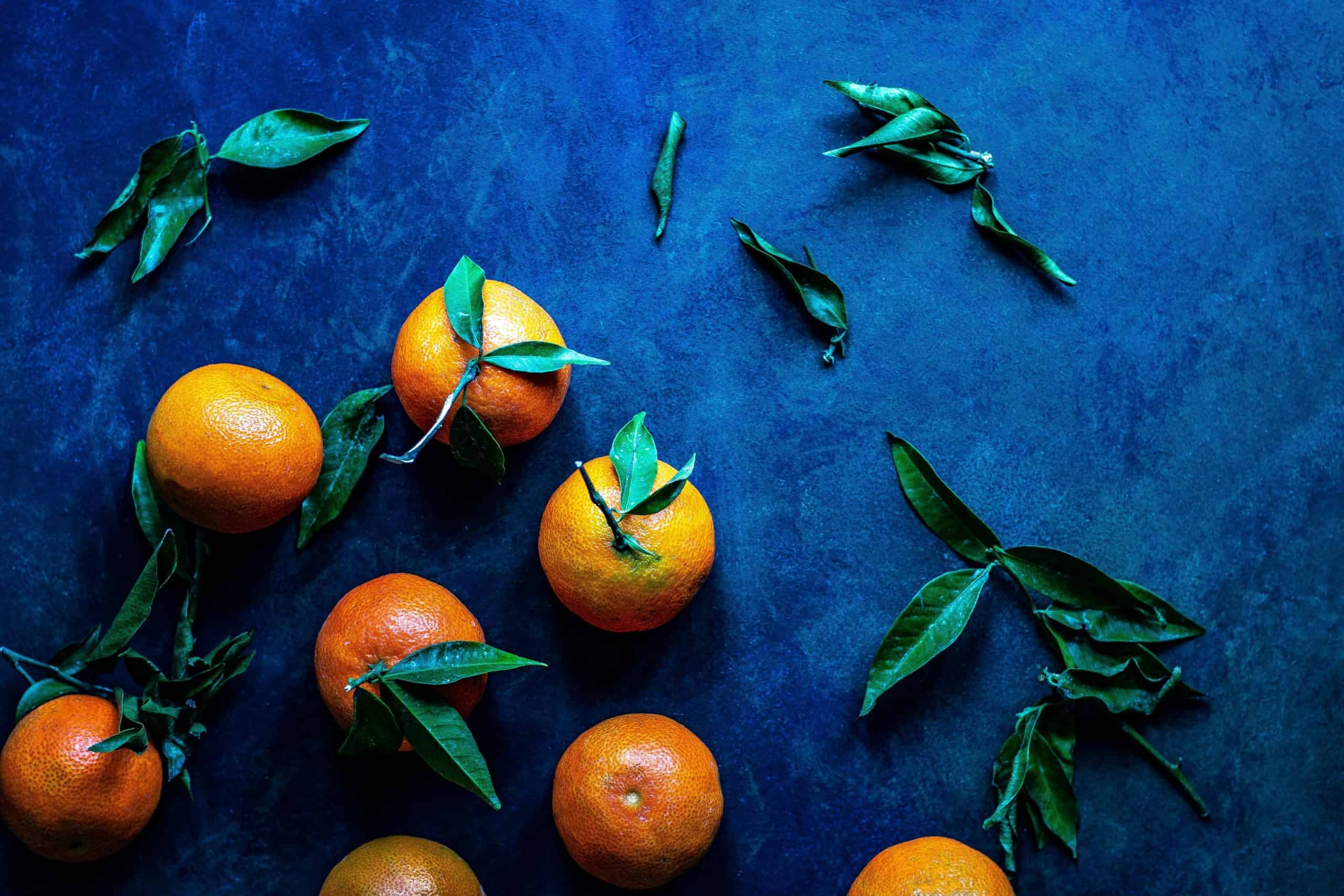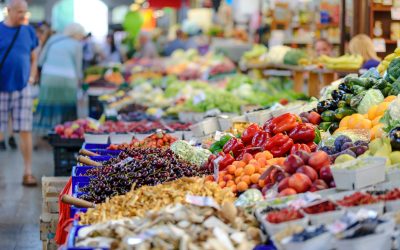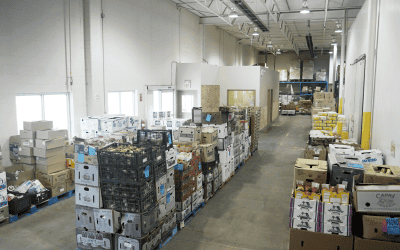Happy New Year! There are no better 2022 resolutions than the ones that improve yourself, your habits, your health, and your impact on the planet all at once! We’re talking about simple eco-friendly food resolutions that can make a huge difference to so many.
Food waste is a major contributor to greenhouse gas emissions. In fact, if food loss and waste were a country, it would be the third-worst emitter worldwide, after China and the U.S. Yet, if we all do our part, we can make a real and positive impact! This surplus, good food could be diverted and delivered directly to those organizations and people who need it most. In Canada, one in seven people struggles to put food on the table, in spite of the fact that our food production creates enough food to feed everyone.
Make your 2022 resolutions truly count this year by lessening your food impact on the planet and helping those in need. Here are 5 eco-friendly New Year’s resolutions to start doing now in your home—and make good habits for yourself, your community, and the planet.
5 Eco-Friendly 2022 Resolutions to Save the Planet

Resolution Idea #1: Eat Sustainably
Eat more vegetables more often, and less meat, less often. The footprint of meat is large because of the sheer amount of water, grains, resources, and energy that it takes to grow the feed that animals like grain-fed cows eat. When you do eat meat, choose free-range, grass-fed locally and ethically raised meat, wherever possible. When you’re meal planning for the new year, have a Meatless Monday every week. Or, if you’re having a Taco Tuesday, make them vegetarian. Make it your resolution to add more fresh fruits, vegetables, and grains to every meal.
Dan Barber, the famous chef and author of The Third Plate, wrote a manifesto that argues, according to the Guardian, for the “radical shift in what our dinner plate should look like: away from a slab of protein (even if grass-fed) with a side of vegetables (even if organic) and toward a plate of great-tasting vegetables with perhaps a seasoning or a sauce of meat. ‘The balance has to change,’ he says. ‘For all sorts of reasons we shouldn’t be serving a pork chop except on celebratory holidays and special events.’”
The key here is to think critically about what you’re eating and to make conscious choices to be more sustainable.
Resolution Idea #2: Support Local
Buying directly from local farmers is another great 2022 resolution for so many reasons. Not only are you buying fresh produce that is in season and full of good, healthy nutrients, but you’re also lessening the carbon emissions that it takes to bring the food to you while supporting your local community.
Distribution-wise, food has a large footprint when you think of all of the trucks, boats, planes, gas, emissions, pollution, pesticides, packaging, and refrigeration that it takes to get from the farm to your table. Locally farmed produce, on the other hand, travels much shorter distances and has a smaller footprint in that respect.
Likewise, you can often ask the farmer directly how your food was farmed and make informed decisions about what you’re putting in your body and how you’re spending your dollars. The local multiplier effect is a great way to make your dollars count. When you shop locally for groceries and buy local farm produce, your money stays within your community, recirculating to support other small businesses and your neighbours.
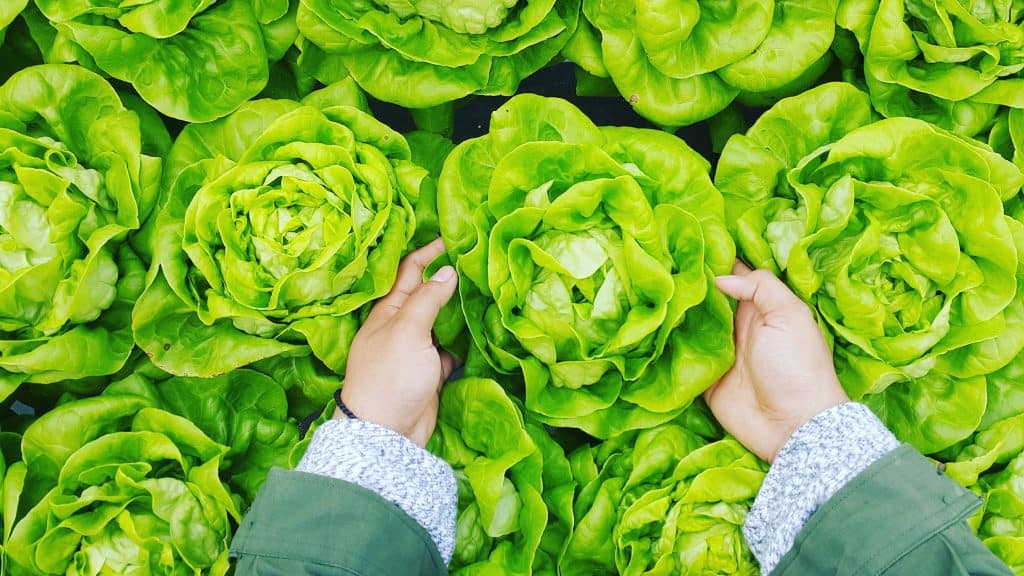
Resolution Idea #3: Learn About Your Food
Do you know how your food got to your plate? If you shop at a local farmer’s market, then you probably know how your food was farmed—and how much time, energy, money, and resources went into farming it and getting it to you. This information is power and it will help you place more value on your food. Hopefully, this will help you to think twice about letting it go to waste.
For example, knowing that one-third of all food produced globally (though mostly in developed countries) goes to waste, may help you change the consumption patterns in your household to be more sustainable. Make it a 2022 resolution to get informed on food consumption, food systems, and food waste in your country. There are many great educational resources to learn from and get inspired to make a positive and meaningful impact, including:
- WASTE REDUCTION WEEK: Curb Your Household Food Waste
- Our Climate Crisis and Food Security
- The Avoidable Crisis of Food Waste Report
- Canada’s Invisible Food Network Report
- HOPE IN NUMBERS: 4.2M Canadians Fed With 41M lbs of Surplus Food
Resolution Idea #4: Reduce
Our consumption patterns in developed countries are unsustainable and have to change. Make it a food resolution to do a kitchen inventory before you shop and buy only what you need. Too many of us overshop, buying too many food items that go bad before we even have a chance to eat them.
Buying only what you need will not only reduce your food footprint but also help you save money on food that will only go to waste. In fact, according to Second Harvest’s Avoidable Crisis of Food Waste report, the annual cost of food loss and waste is $1,766 in every Canadian household. That’s nearly $5 a day that your household likely spends on food that will go to waste. Make it your resolution to change that (for your wallet, but also for the planet and society).
“Reduce, reuse, and recycle” can apply to your food too. Reduce what you buy, eat it, and get creative with leftovers, roots, shoots, and stems. For some helpful food waste tips on how to grocery shop and eat more sustainably, read 10 Clever & Easy Kitchen Hacks to Reduce Your Home’s Food Waste.
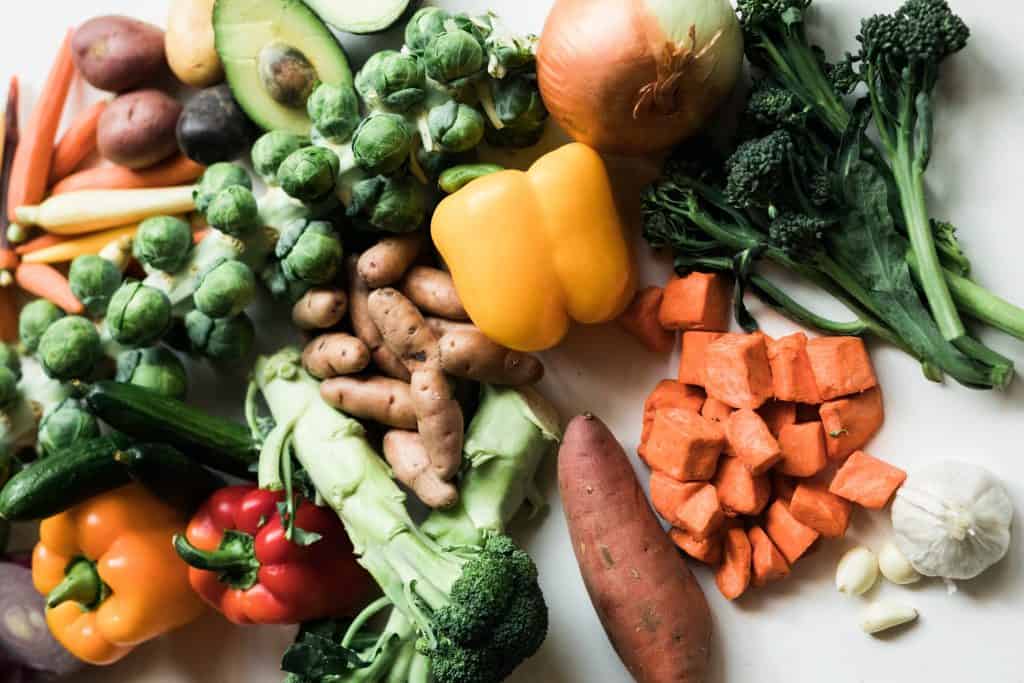
Resolution Idea #5: Get Involved
Did you know that Second Harvest is the largest food rescue organization in Canada? It is our dual mission for Canada to eliminate hunger and food waste. We work across the supply chain from farmers to grocers to divert their good, surplus food before it goes to waste and redistribute it to non-profits and organizations that help feed those millions of Canadians in need.
From September 2020 to August 2021, Second Harvest (with the help of generous donors, agency partners, workers, and volunteers) rescued 41 million pounds of surplus food that was redistributed to over 6,400 nonprofit programs across Canada. This surplus food fed 4.2 million Canadians! That’s huge!
There is always more work to be done and great ways to get involved. Learn more about how to get surplus food to your organization or give food and funds with Second Harvest’s Food Rescue.
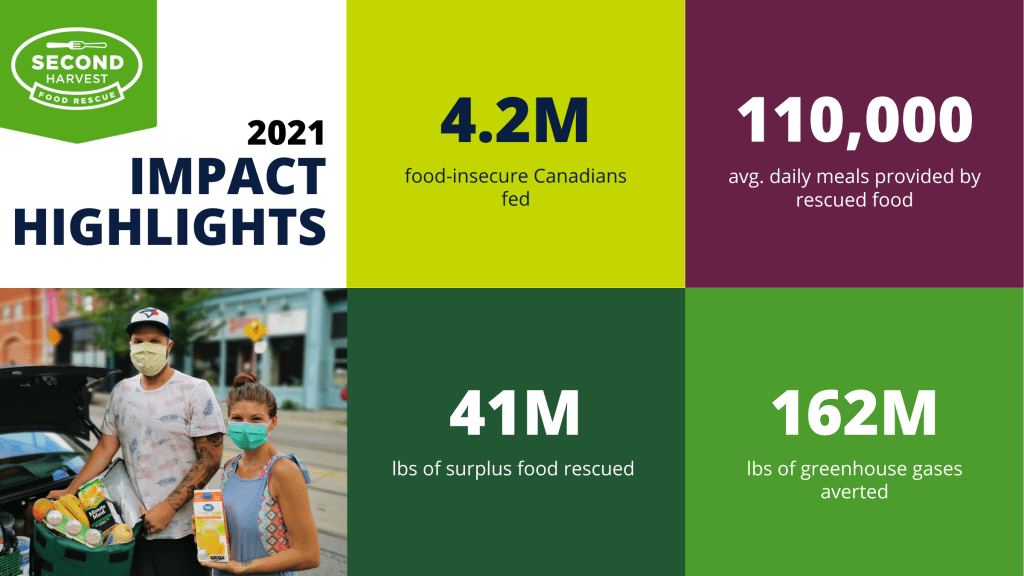
Beyond Resolutions for a Sustainable Food Future
Once you know the impact and cost of food waste in Canada and beyond, it’s hard not to think about it—or want to educate others. Share what you’ve learned here. Dig deep into where your food comes from and what happens behind the scenes at your local farms, grocery stores, manufacturing, and distribution centres. Get vocal with your food resolutions to help hold yourself accountable and inspire others to do the same. Talk to local business owners.
Get to know your community and meet your neighbours. Volunteer and donate your time to help those who do not have the same access to good food as you. Most importantly, don’t let good food go to waste—eat it!


